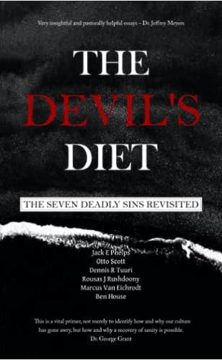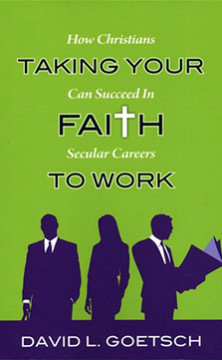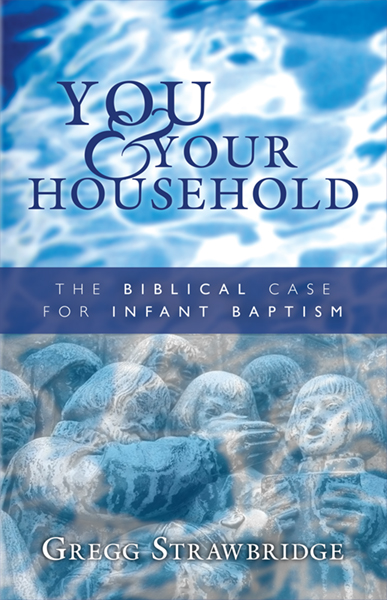From Special Guest Contributor Remy Wilkins. Originally posted at The Whole Garden Will Bow
It begins at the Wonder, La Merveille, Mont-Saint-Michel in France to be exact, with Neil and Marina at an early edge of love, leap or let go is the question. She cavorts along the coast as the tide swells and he, as implacable as the sea, follows; whether entranced or temporarily entrapped in her orbit we hardly know. They leave the Wonder, and Marina, with her daughter from a former husband, travels to America, to the heartland to see if their love grows.
The culture has failed Terrence Malick. All of his films, but particularly Tree of Life and To the Wonder, are cut from the cloth of Christendom, both its scripture and traditions. There’s a liturgy to his films; cinematography as psalm, narration as prayer, and critics can sense the richness, but rarely can they taste it unless those same rhythms are their own. The trouble is that where Tree of Life strained the secular imagination, To the Wonder tramples and twirls upon its grave.
Apart from the vocabulary and iconography of Christianity, To the Wonder can only be pretentious, vapid and a portentous self-parody. To an outsider the connection between a husband and wife and a priest and his parish might seem tenuous and arbitrary, but to the believer it is Christ and his body, the second Adam and his Eve.
Equally important -and more so in the lexicon of Malick- is the meaning of water: baptismal, cleansing, spiritual and faith. In The Tree of Life, an account of a crisis of faith in the vein of Job, there is a complete cessation of water throughout the film to imitate the wasteland of apostasy; from the creational waters that covered the face of the earth, to the river and yardplay, to the inner desert realm at the end and its thin ebb of sea. A lack of water, for Malick, is a lack of faith.
In To the Wonder there is Marina, whose name means of the sea, who walks on water and twirls on tide, who accompanies Neil to Oklahoma. Neil follows Marina throughout the movie, trailing behind as if studying her. He seems to be some water and soil expert, an earthly Adam to her watery Eve. His name evokes the central call of the film, kneel, but he is the idealized modern American man, scientific, noncommittal, sexually boundless and charming.
The opening lines, spoken by Marina in the hushed tone favored by Malick, are a riff on Job (his opening speech and Eliphaz’s “born unto trouble as the sparks fly upward” comment): “Newborn. I open my eyes. I melt. Into the eternal night. A spark. You got me out of the darkness.” And then Genesis is stirred in: “We are one. Two, one.”
The dissolution of their love is paired with the struggle of Father Quintana, who has lost sight of God, blinded by the wealth of his church and the poverty of the slums he surrounds himself with. He preaches love to a sparse congregation and tries to show it to the poor, who are as deaf and disregarding as his congregants. Malick implicates American Christianity in a number of place; one is a well dressed man’s talk about expanding the facilities for weddings and social events, but Quintana walks the mission field alone. Jesus tells the righteous that they fed him and clothed him and cared for him in sickness when they did those things to the least of his people, but Quintana feds no one, clothes no one, and therefore struggles.
The film climaxes with his recitation of St. Patrick’s Lorica, which for him is a prayer and for the viewer becomes a sort of benediction: “Christ be with me. Christ before me. Christ behind me. Christ in me. Christ beneath me. Christ above me. Christ on my right. Christ on my left. Christ in the heart. . . . Thirsting. . . . We thirst. . . . Flood our souls with your spirit and life . . . so completely that our lives may only be a reflection of you.” This is another thread that ties the two stories together since Marina tells Neil that she plans on keeping his name after their divorce, binding herself to his name they way Quintana prays to be bound to the name of the holy Trinity.
Neil is depicted -in a deft bit of framing- as the prodigal son. Marina is by the window, cutting pictures from an artbook; in her hand is Rembrandt’s “A Woman Bathing in the Stream” and Neil falls to his knees, laying his head on her lap. This is a sly reference to Rembrandt’s Prodigal Son and a tip of the hat to Malick’s cinematic father, Andrei Tarkovsky, who did the same thing in Solyaris.
Neil’s prodigality is in his wasting of marriage. Marina, already abandoned by one husband, loses her daughter too, who goes to live with her father (we see her watching an old video call, something you don’t do if you’re in constant contact). Marina surrounds herself with children, but we find out that Neil doesn’t want children when she ends up at the hospital over complications with her IUD (an x-ray showing the device like a crucifix in her uterus). Her relief over not having to have a hysterectomy and the shallow glances between them tell the story of their eventual division.
Incidentally, while most reviewers assert that the tale is straight forward there is some dischronology. It is when they go to the hospital that Neil reconnects with his old friend Jane. The way the movie is constructed, it looks as though Marina and her daughter move to Oklahoma, they have a fight, she returns to Paris, Neil takes up with Jane, Neil and Jane break up, her daughter stays behind when Marina returns, they get married, there’s the complication over birthcontrol and they divorce with Marina saying, “I want to keep your name.” But the actual timeline is she follows Neil to America, at some point Marina takes her daughter back to Paris, returns and marries Neil (first in a legal marriage to get her citizenship, and then in Father Quintana’s church). At this point there is the health issue (when Neil meets Jane), Marina divorces Neil, who then takes up with Jane in another dead-end relationship. This is confirmed by Malick’s own biography, on which the story is based.
By structuring it the way, Malick is highlighting Neil’s inactivity, his lack of direction. Father Quintana states the theme in a sermon: “We fear to choose. Jesus insists on choice. The one thing he condemns utterly is avoiding the choice. To choose is to commit yourself, and to commit yourself is to run the risk of failure, the risk of sin, the risk of betrayal. But Jesus can deal with all of those.” Father Quintana is contrasted with Neil. Neil does not see and therefore does not believe. Father Quintana does not see and labors onward. But by inserting the Jane episode and bookending it with Marina, who is so closely connected to the Wonder, perhaps too Malick is hinting at future peace and reunion. The movie concludes with shots of Marina, as though she is being pursued, and finally by the staples of Malick: stairs climbing into the sky, a concrete urn in supplication, the sun shining through an open gate. This is about as clear as he can get in saying the story goes forward, calling the viewer to continue the chase.
In To the Wonder, Terrence Malick has left behind even the tenuous grasp of the standard narrative of cinema that he held in his previous films, abandoning the accepted character requirements of motive and splayed out desires, and instead has opted for the themes of Scripture sketched out over the issues facing the American church.
It is important to note that the characters are unnamed in the movie; they are icons of man and woman and comparing the two is perhaps Malick’s most biting commentary. Neil, described by Ben Affleck as the film’s “silent center”, is a cypher for the callow modern man. And though the critics take the twirling of Marina to task and are bewildered over the awe and lack of story arc, it is foremost the failure of the culture. To the Wonder isn’t perfect, not even Malick can resist the supple flesh of his actresses; the leap from Sonic, the fast food restaurant, to the Divine musings cannot help but be bathetic in a way that no other director alive could manage; and it really cannot be overstated how much twirling there is in the film, but regardless of the missteps and how great they are it is always the case that those who hear not the music, think the dancers mad.
“There is love that is like a stream that goes dry . . . but there is love that is like a spring coming up from the earth. The first is human love, the second is divine love, and has its source above. The husband is to love the wife as Christ loved the church, and gives his life for her.” ~ Father Quintana
Remy Wilkins is a teacher of esoterica at Geneva Academy. He is married and the father of four.
<>






















Remy, what do you think of Malick’s older movies, especially Thin Red Line and the New World?
The Thin Red Line is not just the best (and only legitimate) war movie, it is also one of the finest films ever made.
New World doesn’t quite do it for me, but I have friends that are laboring mightily to up my appreciation of it. For me Days of Heaven and Tree of Life are far superior to it.
Thanks Remy. Days of Heaven is on instantview. I will have to check it out.
Remy has other film-related content (including Malick and his other obsession Paul Thomas Anderson) over at http://thewholegardenwillbow.wordpress.com/
I’ve heard him call Thin Red Line “the greatest war movie ever made.”
Regarding PTA, you can find Remy’s excellent review of TWBB here (dissecting this film on several occasions with Remy has changed the way I view film).
http://kuyperiancommentary.wordpress.com/2013/02/23/violence-in-the-future-tense-a-review-of-there-will-be-blood/
Thanks Aaron. I really enjoyed TWBB.
I haven’t seen Thin Red Line in some time. I will put in back in the queue and watch it again.